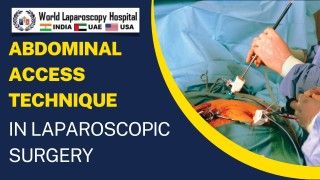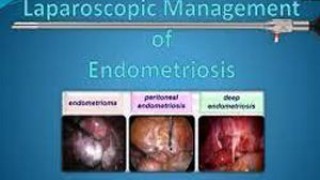Laparoscopic Training Course in Tampa, Florida, Laparoscopic Inguinal Hernia
Add to
Share
1,827 views
Report
Description
Laparoscopic Inguinal Hernia Repair Lecture for Surgeons taking Training at World Laparoscopy Training Institute, Tampa, Florida, USA. The repair and management of inguinal hernias represent a significant part of the general surgeon's workload. It was therefore inevitable that following the success of laparoscopy, surgeons would develop a procedure for repairing inguinal hernias laparoscopically. There are two main ways to perform laparoscopic inguinal hernia repair - the Transabdominal Preperitoneal (TAPP) approach and the Totally Extraperitoneal (TEP) approach. The two techniques are similar except in the TAPP approach the peritoneum is incised, and this requires closure after mesh placement. The laparoscopic port placements typically vary between the two techniques. In a TEP technique, the ports are placed typically in a line from the pubic bone to the umbilicus. In the TAPP technique, the three ports are placed at the umbilicus and the area of the mid-clavicular line at the level of the umbilicus on the left and right side of the abdomen. In the TAPP technique, the surgeon must open and close a peritoneal flap that usually starts at the medial umbilical ligament and is incised laterally towards the anterior superior iliac spine. It is recommended that the surgeon close the peritoneal flap after mesh placement and this may be either done with sutures or tack fixation. This allows the mesh to be preperitoneal and not in contact with the abdominal cavity and viscera. Laparoscopic inguinal hernia repair, either by the TAPP or TEP method, involves placing a large mesh prosthetic that covers the entire myopectineal orifice. This allows for coverage of indirect, direct, and femoral hernias.
Similar Videos






